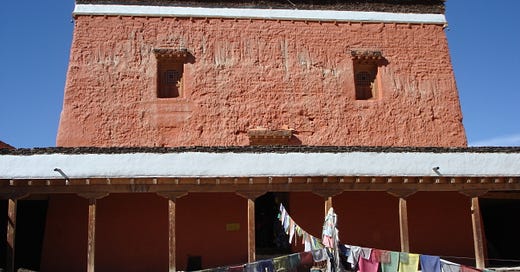Journey into the Mysteries of Mustang: Ancient Artifacts, Sky Caves, and Cultural Exploration
In 2009, my fascination with Mustang Valley's culture was ignited by a PBS Nova program that featured a team restoring a monastery in the ancient Mustang kingdom. Around the same time, the discovery of the "sky caves of Mustang," brimming with a treasure trove of artifacts including from the pre-Buddhist Bon religion era, further captivated my interest. These caves, adorned with murals depicting Hindu deities like Ganesh and Shiva, hinted at the valley's historical significance as a pilgrimage route for devotees from the Ganges plains journeying to the revered Kailash Mountain and Mansarovar Lake—prominently featured in Hindu scriptures and Puranas. The enigmatic valley might even have been a lost Shangri-La, a notion both intriguing, mysterious, and tantalizing.
The unearthing of a nearly 3500-year-old skeleton within a cave's burial ground and the discovery of turquoise, beads, golden ornaments, and Indus-like artifacts in the valley sparked speculations of a potential silk route connecting the southern plains of the Ganges to the western Indus Valley civilization. Now you guessed it: my curiosity was piqued, and I felt compelled to explore this fascinating region. During a visit to Nepal, my brother and I planned a trip to Mustang with the primary purpose of inspecting the restoration of murals within Buddhist monasteries that had graced the landscape for over six centuries. Our journey included a brief halt at the Muktinath pass on our way back, offering us a glimpse of spiritual significance. Given the time limit, we opted to travel by helicopter, allowing me a breathtaking aerial perspective of the landscape. This bird's-eye view revealed in its breathtaking scope the Kali Gandaki gorge, the Mustang palace, snowy mountain ranges, and valleys reminiscent of the Grand Canyon and Bryce Canyon. The attached photos vividly capture these awe-inspiring vistas from above.
While we intended to explore the newly discovered sky caves located around two hours away, the fierce canyon winds forced us to postpone that venture. Upon returning to Kathmandu, we orchestrated a gathering that brought together individuals from diverse sectors—government officials, spiritual leaders, and scholars. The objective was to deliberate on the potential designation of the Upper Mustang Valley cave area as a world heritage site. I had the opportunity to discuss this idea briefly with Mr. Kul Chandra Gautam (former Deputy Executive Director of UNICEF and Assistant Secretary-General of the United Nations) during a breakfast at Mike's Place. These meetings allowed for a fruitful exchange of ideas and perspectives on the matter. My fascination with the Mustang Valley continued, which led me to organize another trip around 2014 as part of an interdisciplinary research exploration with two of my UNM colleagues (Mark and Joe), funded by the National Science Foundation. I will present a short travelogue separately.

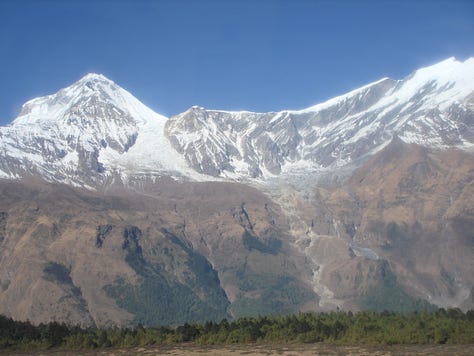

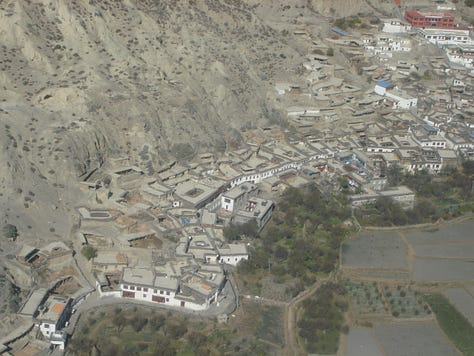
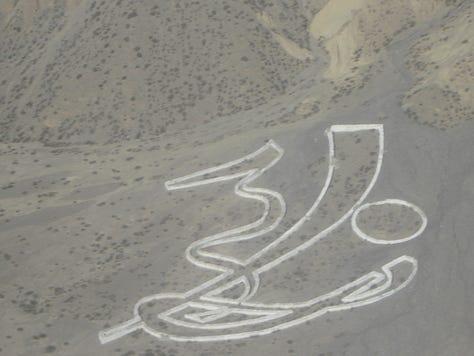

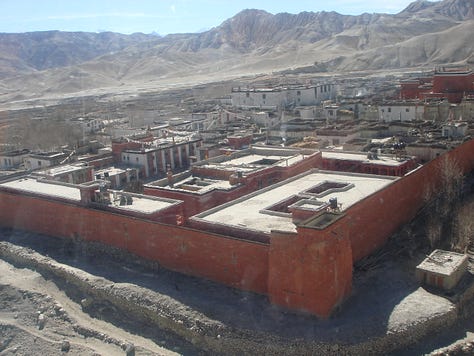

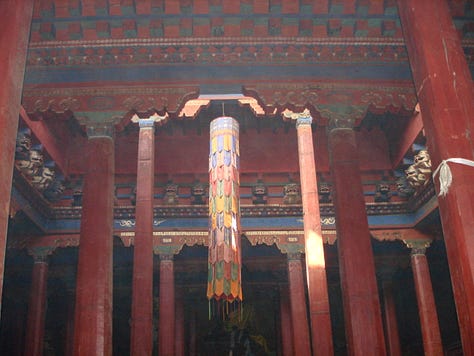
For more photos from the trip, visit my Google Photo album: More Photos


